Why flying kites in India can be deadly
- Published
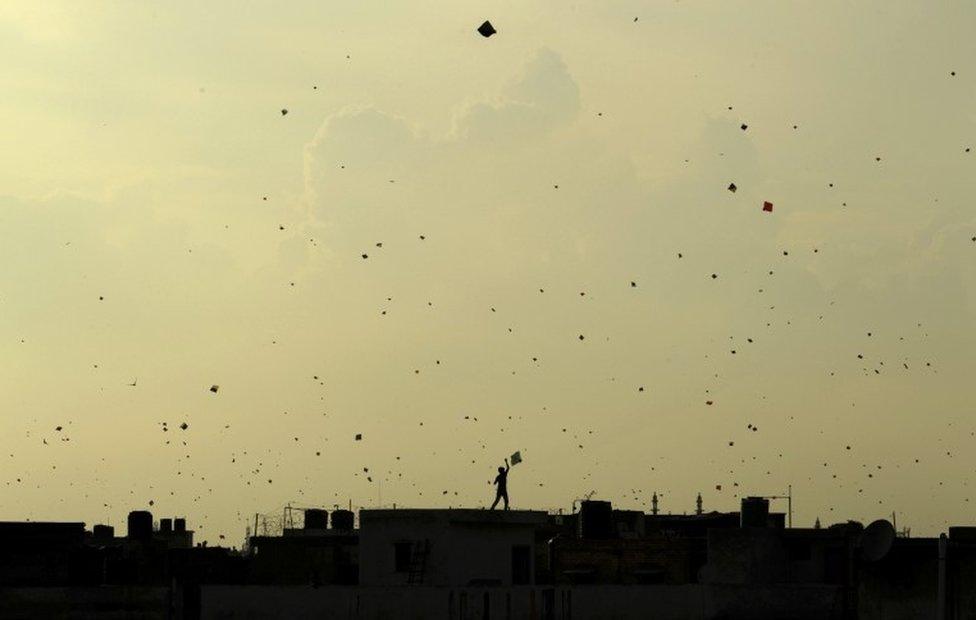
Kite flying is a popular sport in India and Pakistan
Kite flying seems like a harmless sport. But it can also be deadly - earlier this week, two children and a man were killed after their throats were slit by kite strings that had been coated with glass.
Kite flying is a popular sport in India and Pakistan. There was even a time when men fought brutal battles in the skies with their kites.
In one of his evocative short stories, Indian author Ruskin Bond describes "kites swerving and swooping in the sky, tangling with each other until the string of one was severed", during kite battles in the first half of the 20th Century.
"Then the defeated and liberated kite would float away into the blue unknown... There was a good deal of betting, and money frequently changed hands. Kite-flying was then the sport of kings," he writes.
But now, kite fighting has also become known as a dangerous activity.
India: Three die as kite string slits their throats
"For a lot of people, kite flying is no longer a recreational sport. Flyers are using dangerous strings, and the harmless cotton strings has been forgotten," says Mehul Pathak, founder of a kite flying club in Gujarat.
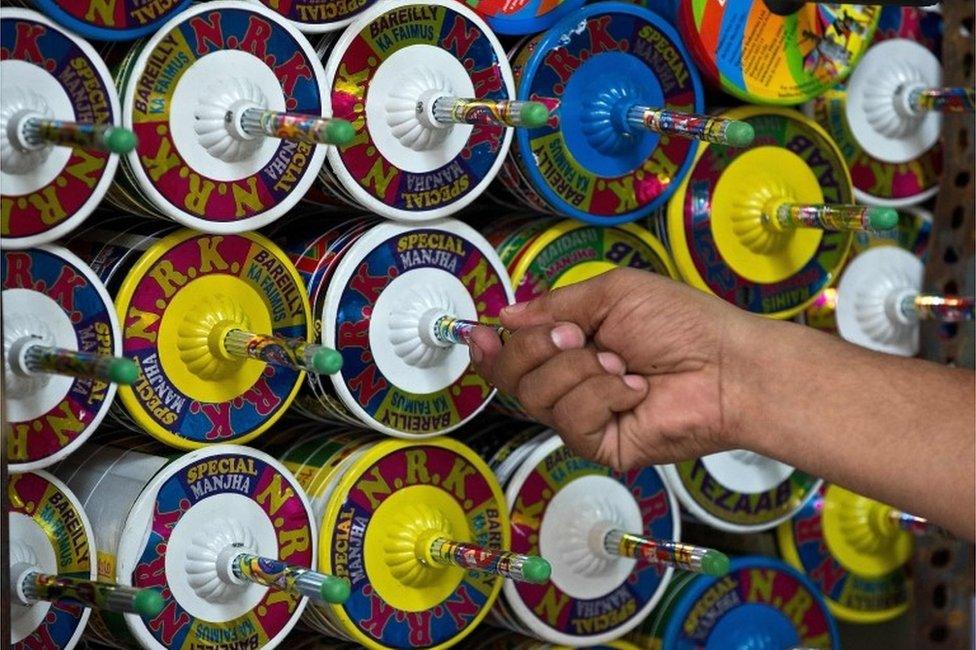
A shop selling kite strings
Many kite strings are coated with metal or crushed glass mixed with glue, to help cut the strings of rival kites in hotly-contested flying contests.
And in the past five years, flyers have started using nylon strings laced with glass, which are stronger, and more dangerous, than regular kite strings. These strings do not snap easily, and have been blamed for the recent deaths.
Road accidents
Falling kite strings can be lethal.
They catch unsuspecting bikers across the throat, often killing them.
The two children who died in Delhi this week were looking out through the sunroof of their cars when the falling strings slit their throats.
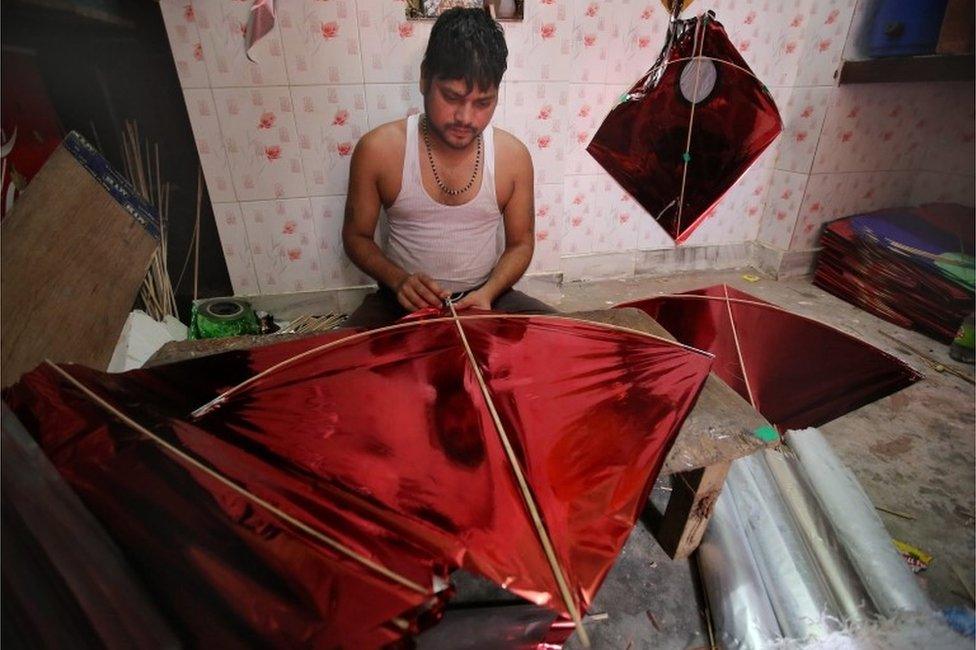
Kites are usually flown during festivals and celebrations in India
Metal-coated strings have fallen on electricity lines and overhead power cables, and people have been electrocuted while trying to retrieve their kites. These strings have also caused short-circuits and power outages.
And kite strings aren't the only reason kite flying can be dangerous.
Many fliers have fallen to their death from unguarded terraces while flying and chasing kites. Chasing falling kites also leads to road accidents.
Kite ban
Monday's shocking deaths in Delhi sparked outrage over the sale and use of dangerous kite strings.
But the truth is that deaths and injuries from kite flying happen every year in parts of India and Pakistan.
Last year, the police in the southern city of Chennai banned kite flying, external with sharp strings after four deaths and 14 injuries in three years.
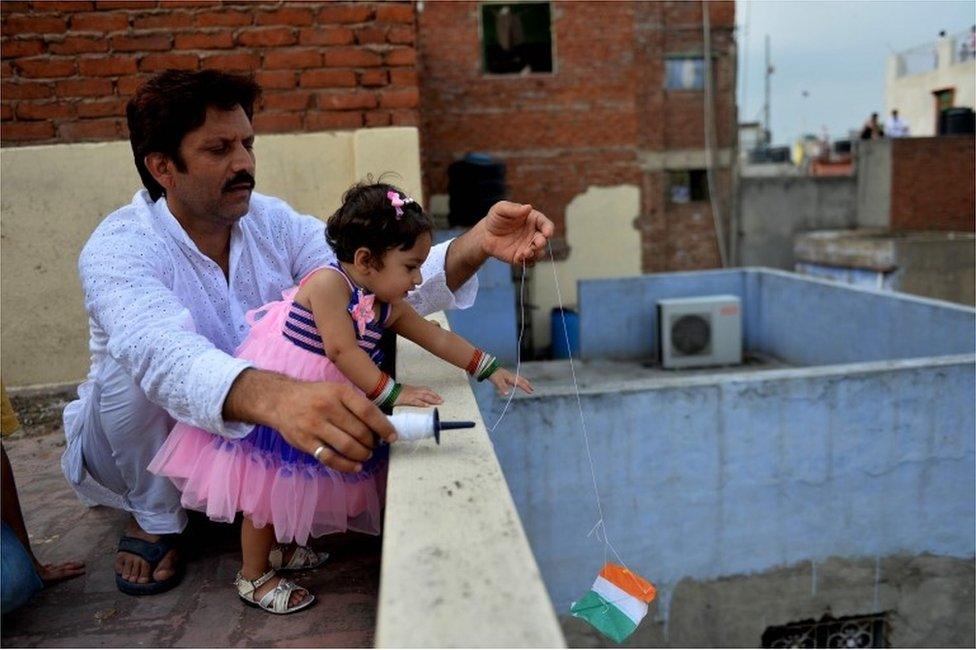
Police have held programmes to promote safe kite flying in India
In Gujarat, which has a rich tradition of kite flying during a traditional festival marking the advent of spring, a top emergency service reports a "10-20%" rise in hospital admissions during the two days of celebrations.
This January, the service reported 583 hospital admissions in two days in January - with nearly 100 of them linked to injuries related to sharp strings. "Kite flying has become a risky sport," says Jaswant Prajapati, chief of the Emergency Management and Research Institute.
Weak laws
There have been many attempts to make kite-flying safer - or ban it altogether.
In some parts of Pakistan, police have arrested kite-flyers, seized thousands of kites, banned flying in some provinces, and asked parents to stop their children from flying kites.
In India, police in Chennai have organised street plays and school programmes on the dangers of flying kites with dangerous strings.
And there are laws against flying kites with abrasive strings in many places - states like Punjab, Maharashtra and Gujarat have banned it, and the capital, Delhi has a near four-decade old law which bans flying kites that could cause "danger, injury or alarm to persons, animal or property".
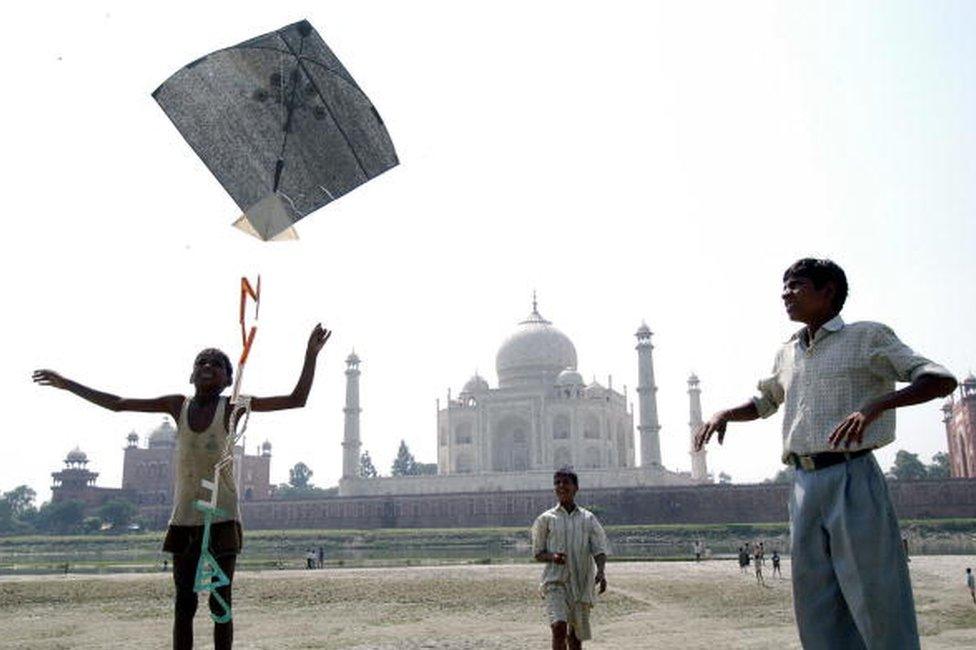
Many states have banned use of sharp strings in India
But the law is difficult to enforce and many kite enthusiasts buy or make such strings at home illegally.
It is almost impossible for the police to track down a person whose falling kite has killed somebody. And some die-hard kite flyers are reluctant to give up glass-coated strings.
Rajneesh Chhibber, who runs three dozen kite flying clubs in the northern city of Lucknow, is a fierce defender , externalof such strings, saying that without these "strings the opponent's kite can't be cut".
Kite flying will remain a much-loved sport in India - and making it safer will be difficult.